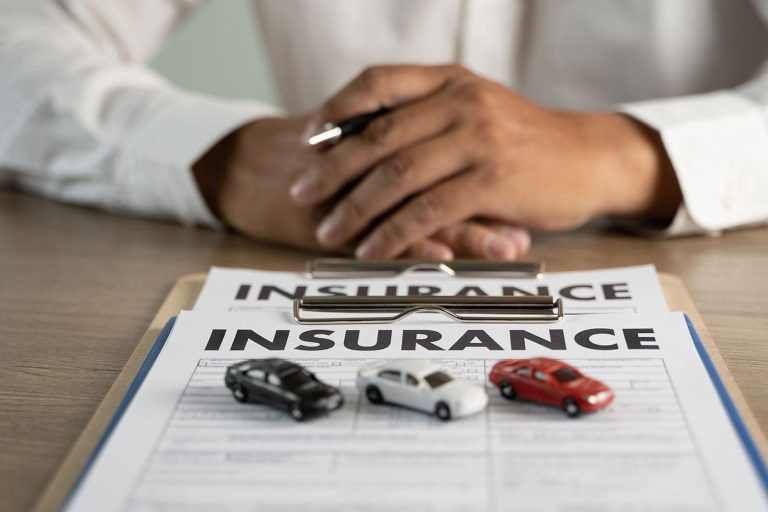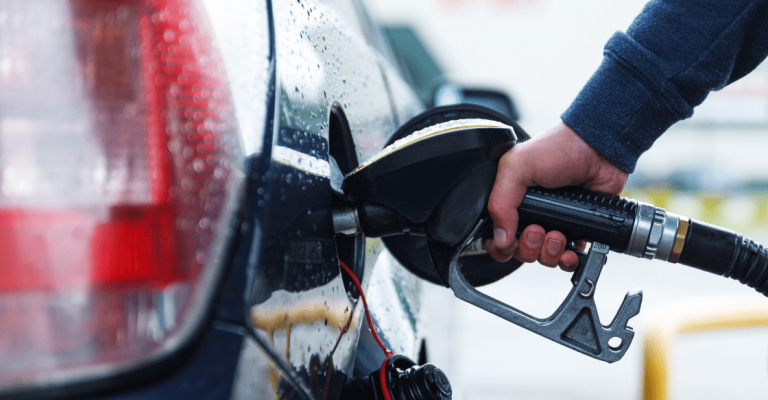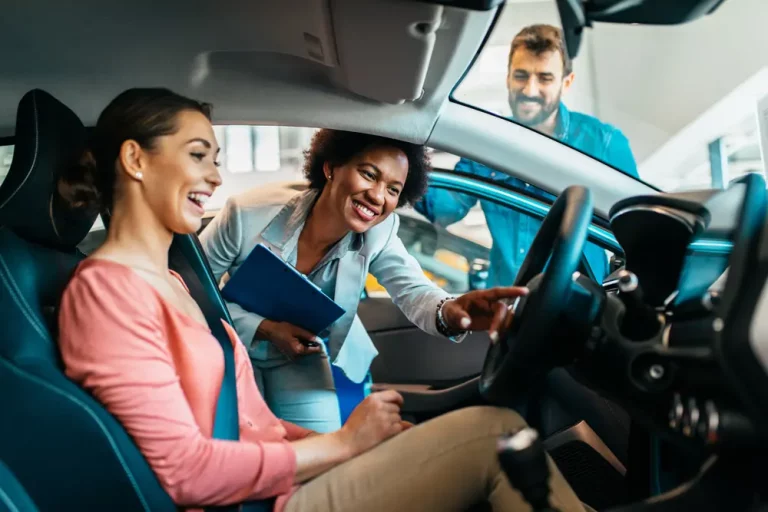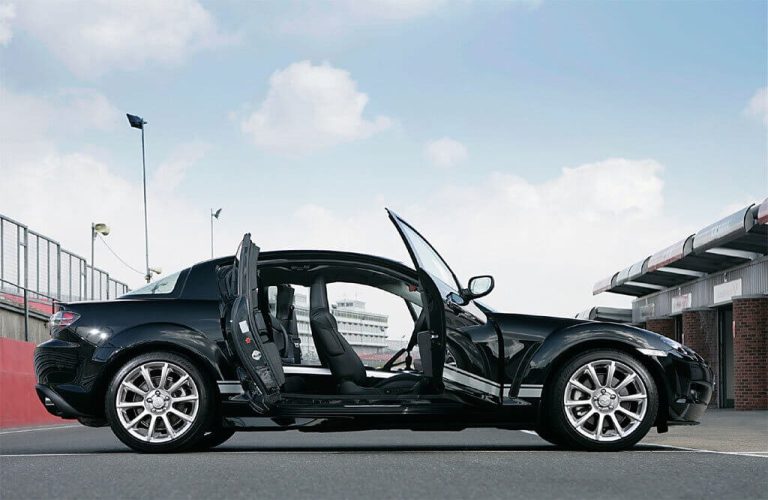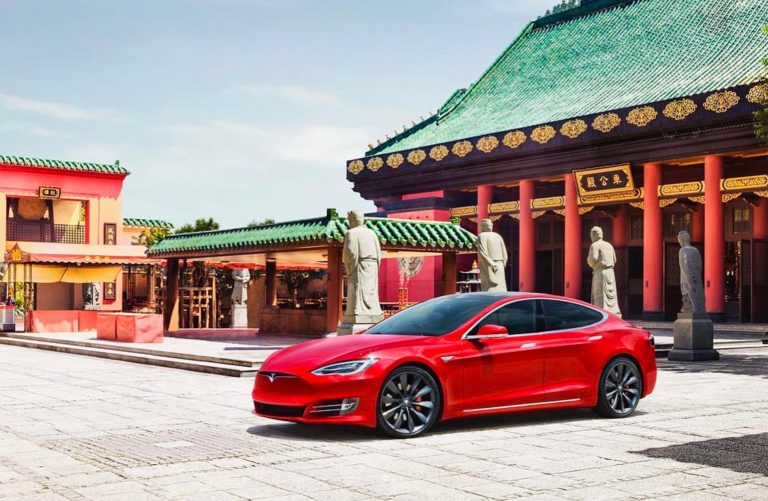What Does O/D Off Mean?
Ever been cruising down the highway when a light on your dashboard suddenly catches your eye? It’s not a symbol you recognize, but two simple words: “O/D Off.” It’s easy to feel a pang of worry – is your car in trouble? Should you pull over? Or can you keep driving without care?
Let’s find out the mystery of this cryptic message. “O/D Off” is not a signal for imminent disaster, but a handy feature for your car’s transmission. It’s all about overdrive, a term that might sound technical but has a straightforward role in your vehicle’s performance. Buckle up, as we will see what it means when turned off.

What Does O/D Off Mean?
The term “O/D Off” refers to “Overdrive Off” in a vehicle. Overdrive is a gear in automatic transmissions designed to reduce the engine’s RPMs (revolutions per minute) at higher speeds, thereby improving fuel efficiency and reducing engine wear. When the “O/D Off” light is illuminated on your dashboard, it indicates that the overdrive function has been disabled.
This might be used when additional torque and power are needed at lower speeds, such as when towing a heavy load or climbing a steep hill. Disabling overdrive keeps the transmission in lower gears longer, providing more power but at the cost of higher fuel consumption and increased engine noise.
When Should You Use O/D Off?
Knowing the right time to use Overdrive Off (O/D Off) can significantly improve your vehicle’s performance and fuel consumption. In a number of driving conditions, disengaging overdrive becomes crucial.

1. Hilly or Mountainous Terrain: Consider using O/D Off when navigating hilly or mountainous areas. You’ll find it useful for engine braking during downhill drives, avoiding repeated shifting between gears.
2. Towing or Hauling: When carrying heavy loads or towing, O/D Off can help prevent transmission overheating and provide additional power.
3. City Driving: During stop-and-go traffic, O/D off can deter your transmission from shifting frequently into overdrive, which might be unnecessary at low speeds.
4. Highway Driving: However, during highway drives, prefer keeping overdrive on for improved fuel efficiency and lower engine RPMs.
5. Normal Conditions: In most situations, keep the overdrive on as it aids in better gas mileage and reduced engine wear.
Advantages of Using Overdrive
Using overdrive in your vehicle offers several advantages, particularly when driving at higher speeds. Here are the main benefits:

-
Improved Fuel Efficiency: Overdrive reduces the engine’s RPMs at higher speeds, which decreases fuel consumption and emissions. This is particularly beneficial during long stretches of highway driving.
-
Reduced Engine Wear and Tear: By operating at lower RPMs, the engine undergoes less stress, which can lead to lower maintenance costs and a longer engine life.
-
Quieter Ride: Lower RPMs also mean the engine is quieter, which contributes to a more comfortable and less noisy driving experience.
-
Enhanced Comfort for Long Trips: With the engine running more smoothly and quietly with reduced vibration, overdrive makes long-distance driving more comfortable.
-
Optimal Speed Range: Overdrive allows the vehicle to maintain optimal speed and power for highway driving without straining the engine, which can be ideal for cruising at steady speeds.
How Do You Use Overdrive?
Using overdrive in a vehicle is generally straightforward. Here’s how to effectively use the overdrive feature:
-
Understand Your Vehicle’s Gear Settings: Familiarize yourself with the gear shift lever or buttons that control the transmission settings in your vehicle. Overdrive is usually engaged automatically when you select the “Drive” (D) mode on vehicles with automatic transmissions.
-
Locate the Overdrive Button: Some vehicles have an Overdrive (O/D) button on the shift lever or on the dashboard. This button allows you to manually turn overdrive on or off.
-
Engaging Overdrive: In most situations, it’s best to drive with overdrive engaged (O/D on) to benefit from better fuel efficiency and reduced engine wear. This is especially true for highway driving.
-
Disabling Overdrive When Necessary: Press the O/D button to turn off overdrive (O/D off) if you need more power or torque for situations like towing, driving uphill, or navigating through heavy traffic where more frequent acceleration and deceleration are required. This keeps the transmission in lower gears longer.
-
Monitor the Indicator Light: Most vehicles have an indicator light on the dashboard that shows whether overdrive is engaged or not. Make sure it reflects your desired setting.
-
Return to Overdrive for Normal Driving: Once you’ve navigated the conditions that required more torque or power, re-engage the overdrive to maximize fuel efficiency and reduce engine load.
Is It Safe to Drive with Overdrive Off?
Yes, it is safe to drive with the overdrive (O/D) turned off, but it should be done appropriately based on driving conditions. Here are some considerations:
-
Driving Situations: Driving with O/D off is generally used for specific situations where you need more power and torque, such as towing, climbing steep hills, or navigating through challenging road conditions. It allows the transmission to use lower gears, providing more engine power at lower speeds.
-
Fuel Efficiency: Keep in mind that driving with O/D off can lead to higher fuel consumption. Since the engine runs at higher RPMs without overdrive, it uses more fuel. It’s best to use O/D off selectively to avoid unnecessary fuel expenditure.
-
Engine Stress: While it’s safe, driving long distances with O/D off can put additional stress on the engine and transmission because they are operating at higher RPMs than usual. This could potentially lead to increased wear and tear over time.
-
Vehicle Speed: Overdrive is most beneficial at higher speeds, typically on highways. If you’re driving in city traffic or at lower speeds, having O/D off may not significantly impact engine performance or efficiency.
-
Automatic vs. Manual Management: Modern vehicles automatically manage overdrive based on the vehicle’s speed and engine load. Manual control over O/D is more about optimizing performance for specific conditions rather than a daily necessity.
Frequently Asked Questions
What does the “OD Off” dashboard light indicate?
The “OD Off” message on your car’s dashboard indicates that the overdrive feature of your vehicle has been turned off, subsequently deactivating the highest gear in your car’s transmission.
How does overdrive benefit my driving experience?
Overdrive enhances your driving experience by improving fuel economy during highway drives, preserving brake pads through engine braking on downhill slopes, and in some models, enabling engine braking with cruise control. It helps optimize fuel consumption and maximize gas mileage.
When should I utilize the overdrive feature?
Generally, overdrive is best suited for highway driving at steady speeds. It’s most effective when air resistance is minimal, and you’re maintaining a consistent speed. Making your drive more eco-friendly, overdrive also extends engine life and reduces wear on components.
Can overdrive damage my car’s engine?
No, leaving your car in overdrive does not damage the engine. In fact, it can help preserve the brake pads, as the engine can naturally regulate the car’s speed, especially during downhill drives.
How can I turn off the “OD Off” dashboard light?
To turn off the “OD Off” dashboard light, essentially switching the overdrive back on, you would typically use the overdrive button, often found on your car’s gear lever. However, procedures may vary with different car models.
When is it not advisable to use overdrive?
Avoid using overdrive when you need your vehicle’s full power to accelerate, particularly during a passing maneuver, climbing a hill, off-road driving, or when towing a heavy load. These conditions require the full torque of your vehicle.

Hi! I’m Larry Gibbs, studying mechanical engineering with a focus on cars. I really love Ferraris and write blog posts about the latest car stuff. When not studying or blogging, I’m usually on a road trip exploring new places. I also enjoy playing football and watching movies. Life’s an adventure, and I’m all about enjoying the ride!


